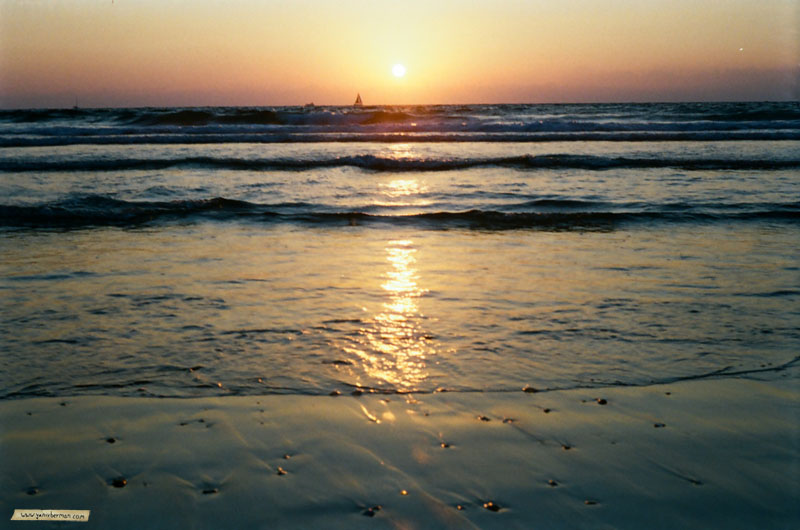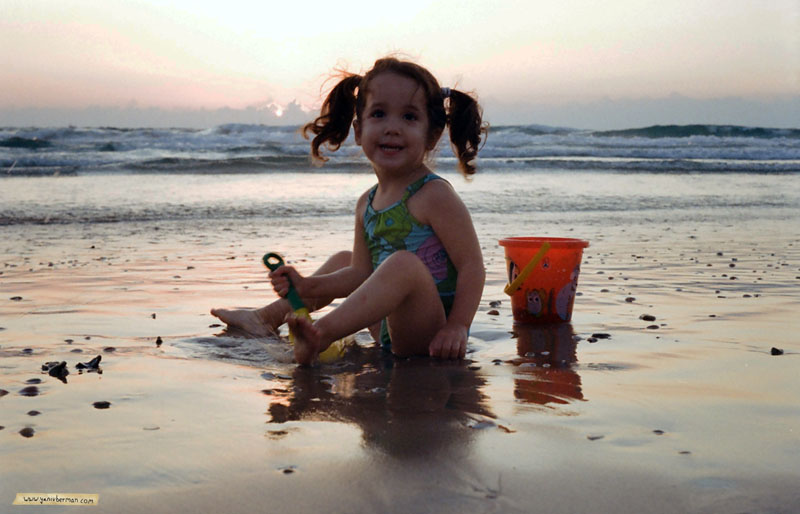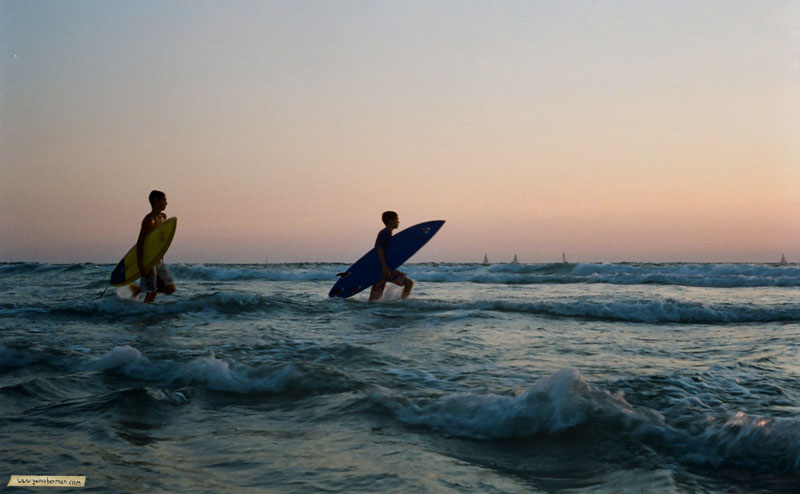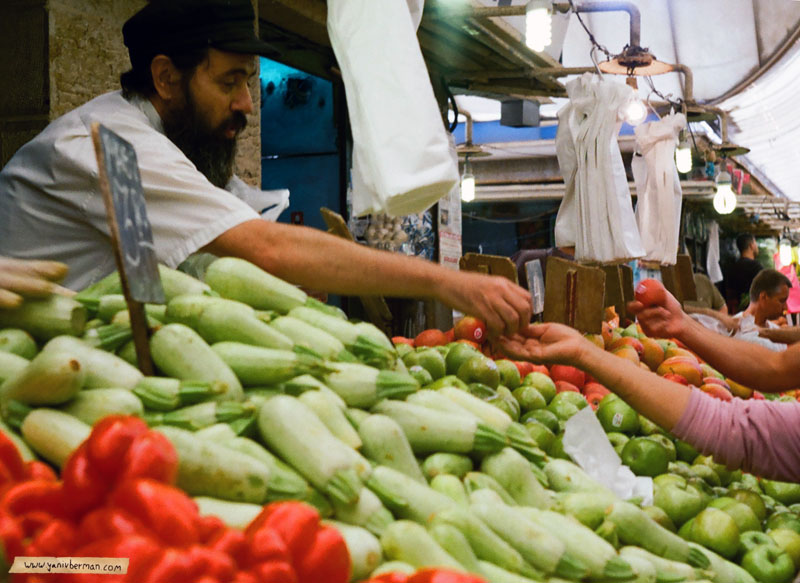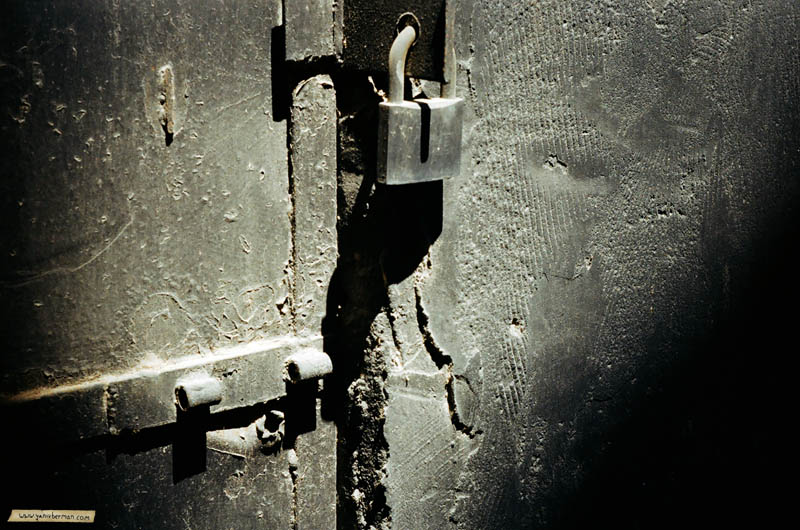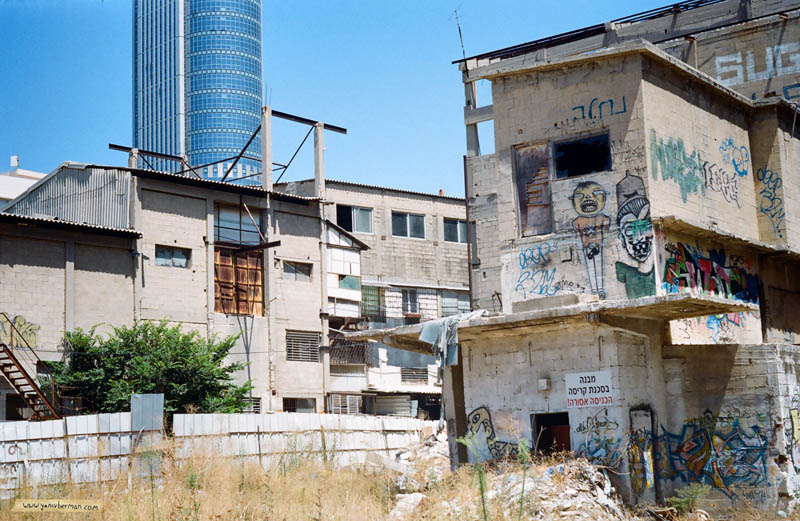Altix V
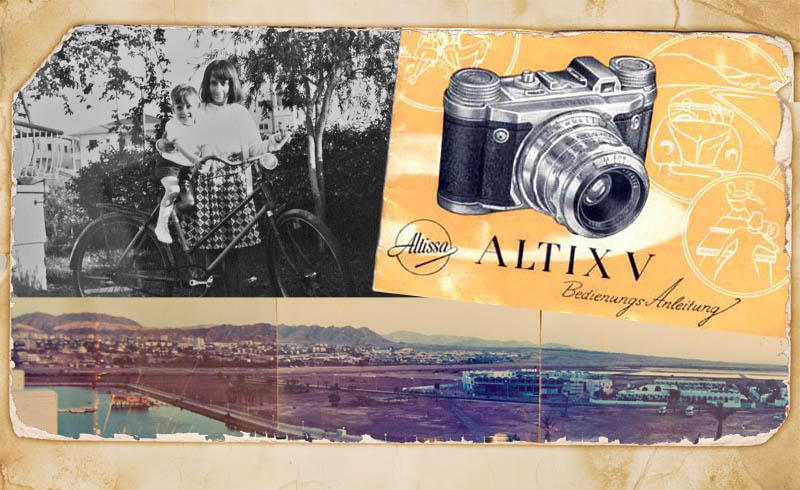
Yitzhak Nitzan bought his first camera at a Tel-Aviv Camera shop in 1956 when he was 22 years old. He used much of the money he saved during his military service to buy it, and he had high hopes that it will serve him for a very long time. In those days, many Israelis preferred to ban German products, but at the same time acknowledged the fact that they were the finest in quality. Mr. Nitzan didn’t think twice and chose the best camera the clerk at the shop could offer him for his money – The German Altix V. During the next 30 years this camera served its purpose, until it was replaced by an automatic point and shoot. Now, at the age of 76, Mr. Nitzan has found it again, and offered me to take it for a ride. This camera is a strong one, so he didn’t fear I would ruin it. “What’s the different”, he said “Nobody in my family is interested in this camera anyway”. It is very exciting to use such an old camera, but soon enough I forgot that fact, and was running with it down to the beach and into the waves. Don’t worry, the Altix V survived the ordeal and came back from the dead of the closet to tell its story once again!
Ever since I started my photographic journey I was hearing about German cameras, and yearning for a Leica Rangefinder for street shooting. But until I’ll have the money to buy me one, the Altix V offers a sneak pick into German optics and engineering. And of course, I couldn’t be more surprised at the smoothness of the aperture inside the Carl Zeiss lens and the delicate mechanics movement of the little machine’s body; especially after so many Russian cameras I’ve been handling lately, and which I love deeply.
Altix is a brand made by a German camera maker called Eho-Altissa from Dresden. The Altix series was manufactured in 1938 until 1959, which was the year the company merged with the giant Kombinat VEB Pentacon together with Zeiss and many others companies. The model Altix V was made in 1956 and distributed heavily to the world; with a few interchangeable lenses (I used the Carl Zeiss Jenna Tessar f/2.8 50mm). The camera is a “Viewfinder Camera” which means that you can’t see through the lens or do the focusing by the viewfinder. What you see through the picking hole is just an idea of the real thing, not closer than 3cm from the real lens point of view. How do you focus? The range is marked on the lens, and you have to figure it out yourself, or ask the models to hold a meter for you… I did my best with it; some photos were a success but some came out of focus. I guess I need to be more accurate next time, and take my time before releasing the shutter. Using such a camera demands more from the photographer but rewords him with better skills.
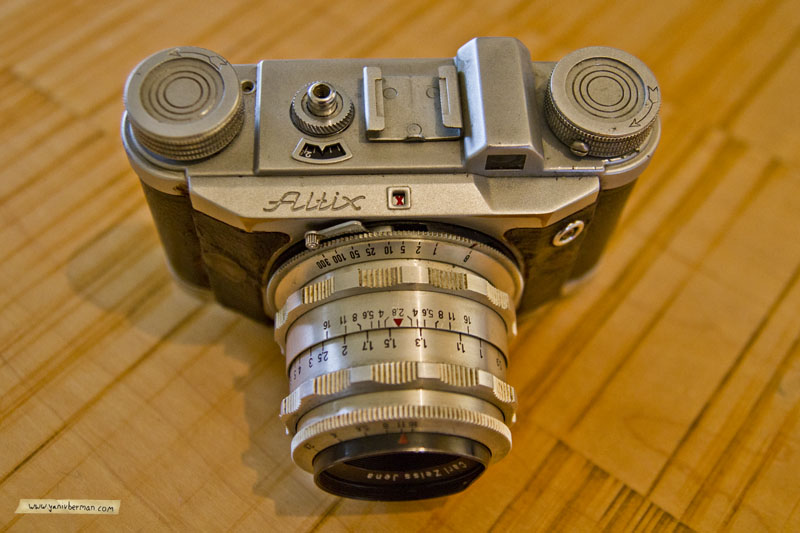
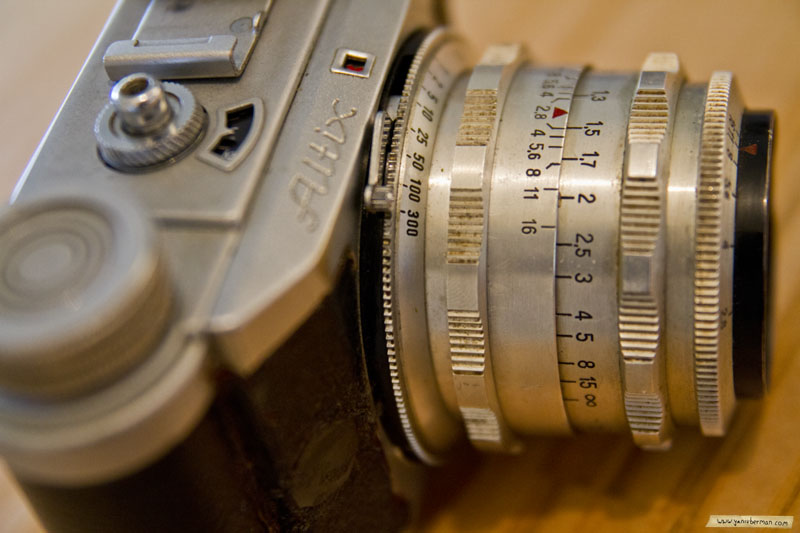
A nice thing about this camera is its small proportions: 11cm in width, 6.5cm in height and 8.5cm long. It really fits into your palm, but still is easy and comfortable to handle without pressing anything by mistake. All you have to do after winding the film to its right position, is to rotate 3 rings on the lens – The Aperture (smooth as laying butter on a toast), distance (I’m not so used to this one) and shutter speed which goes from 1 to 300. Another ring enables you to remove the lens if you have others in your arsenal. I wish I had a wider one…
Yitzhak took a really good care of his camera and kept it in a dry location inside the closet. The camera looks as if it was just used yesterday. Apparently not too long ago (just around the year 1975), Yitzhak gave the camera to his son who went on a field trip from school. In order to help his son with its handling, he wrote him instructions and attached them inside the case. It was a very emotional moment for him to discover it inside the case when he re-opened it. When I took the camera I promised to fallow his instructions, written 36 years ago.
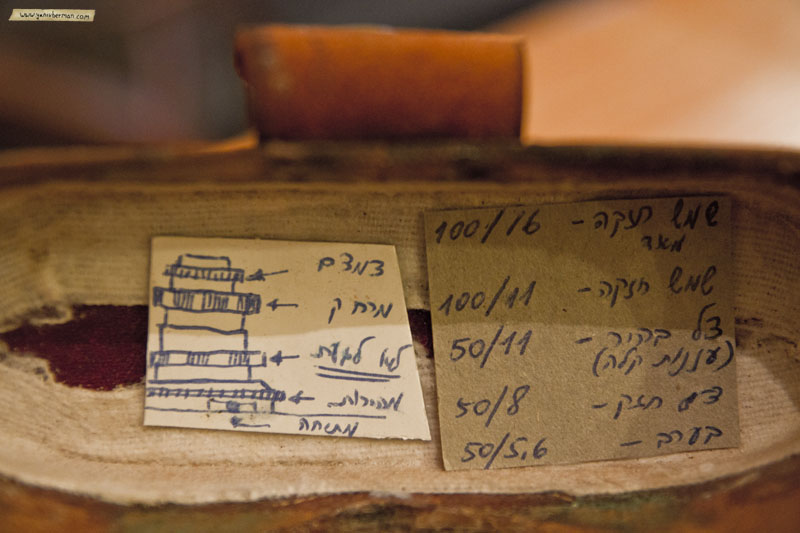
After toying with this old but smooth instrument I loaded it with 200ASA Kodak film and placed it in the backpack for my everyday use. I guess the best way to know a camera is to take it along with you. It’s the end of Gefen’s summer vacation, so we went to the beach, the Zoo and to a market in old Jerusalem. Please observe the results and share your thoughts.
